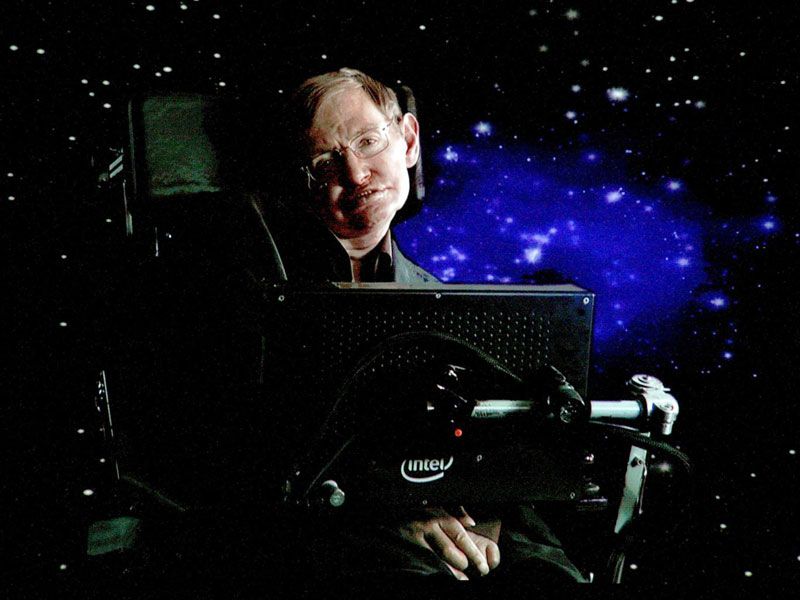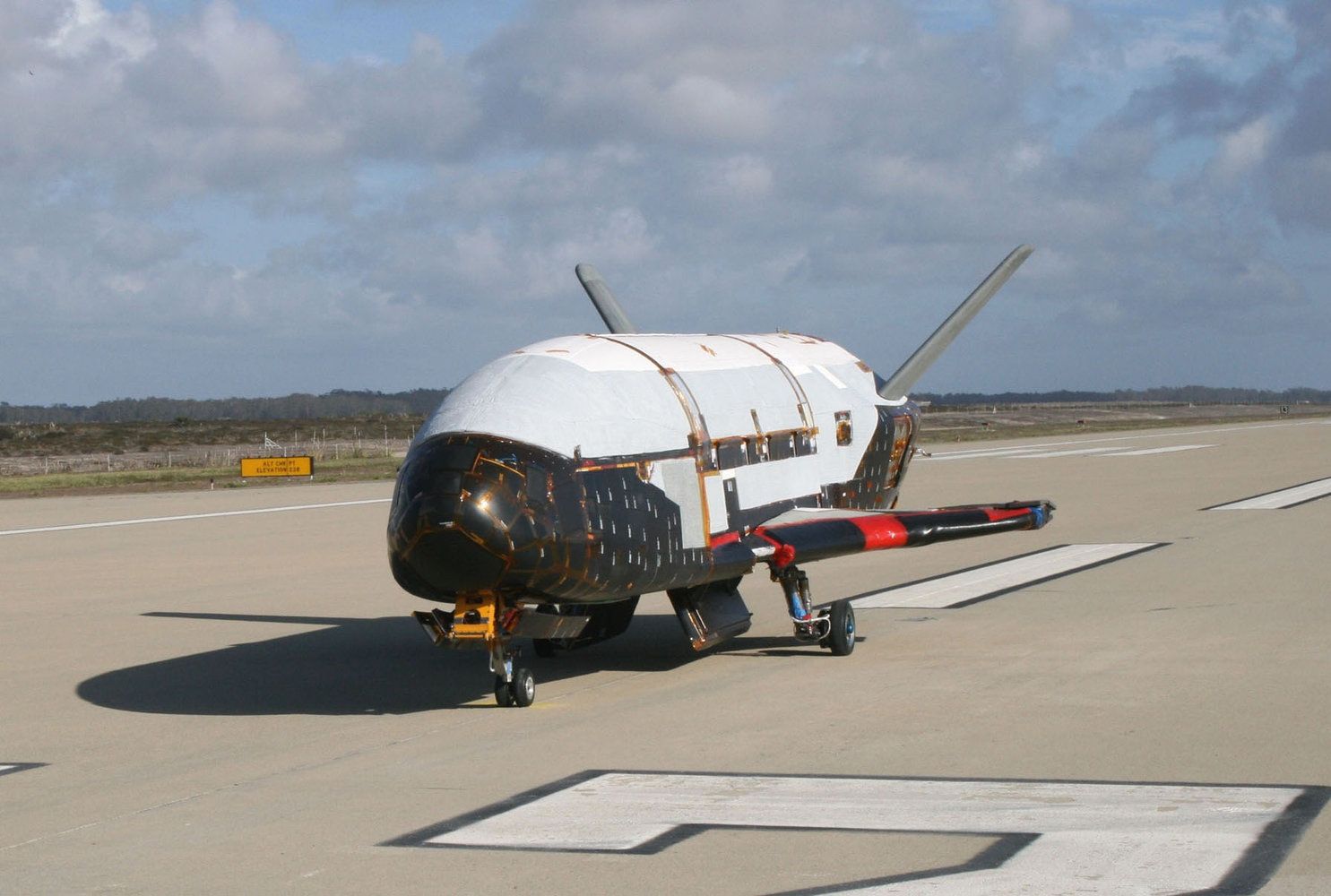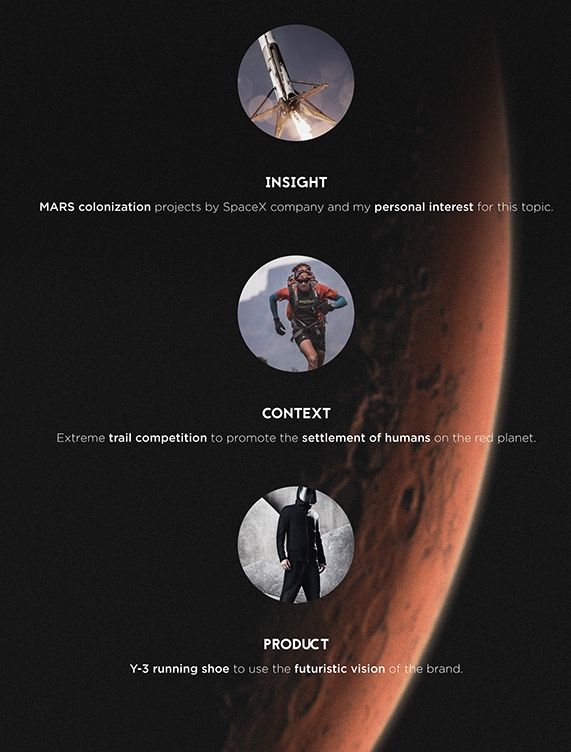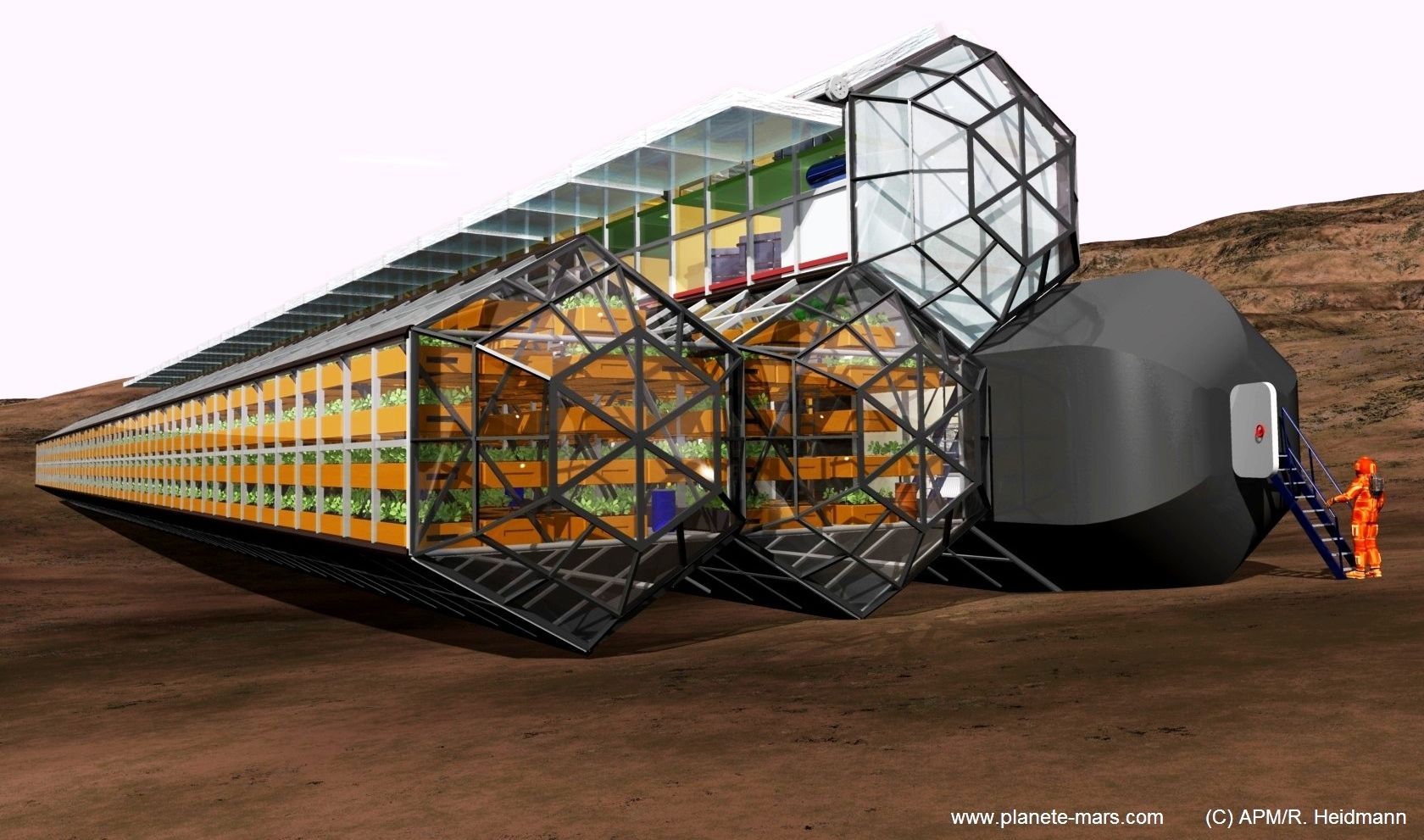Mar 20, 2017
Stephen Hawking to travel into space onboard Richard Branson’s spaceship
Posted by Brett Gallie II in category: space travel
The Cosmologist and Physicist, Stephen Hawking said he will leave the Earth to travel to space onboard Richard Branson’s spaceship, The Independent reported.
Professor Hawking told Good Morning Britain that he’d never dreamed he’d be able to head into space. But “Richard Branson has offered me a seat on Virgin Galactic, and I said yes immediately”, he said.
Richard Branson’s spaceflight company, Virgin Galactic, hopes soon to carry people into space on commercial missions.

















